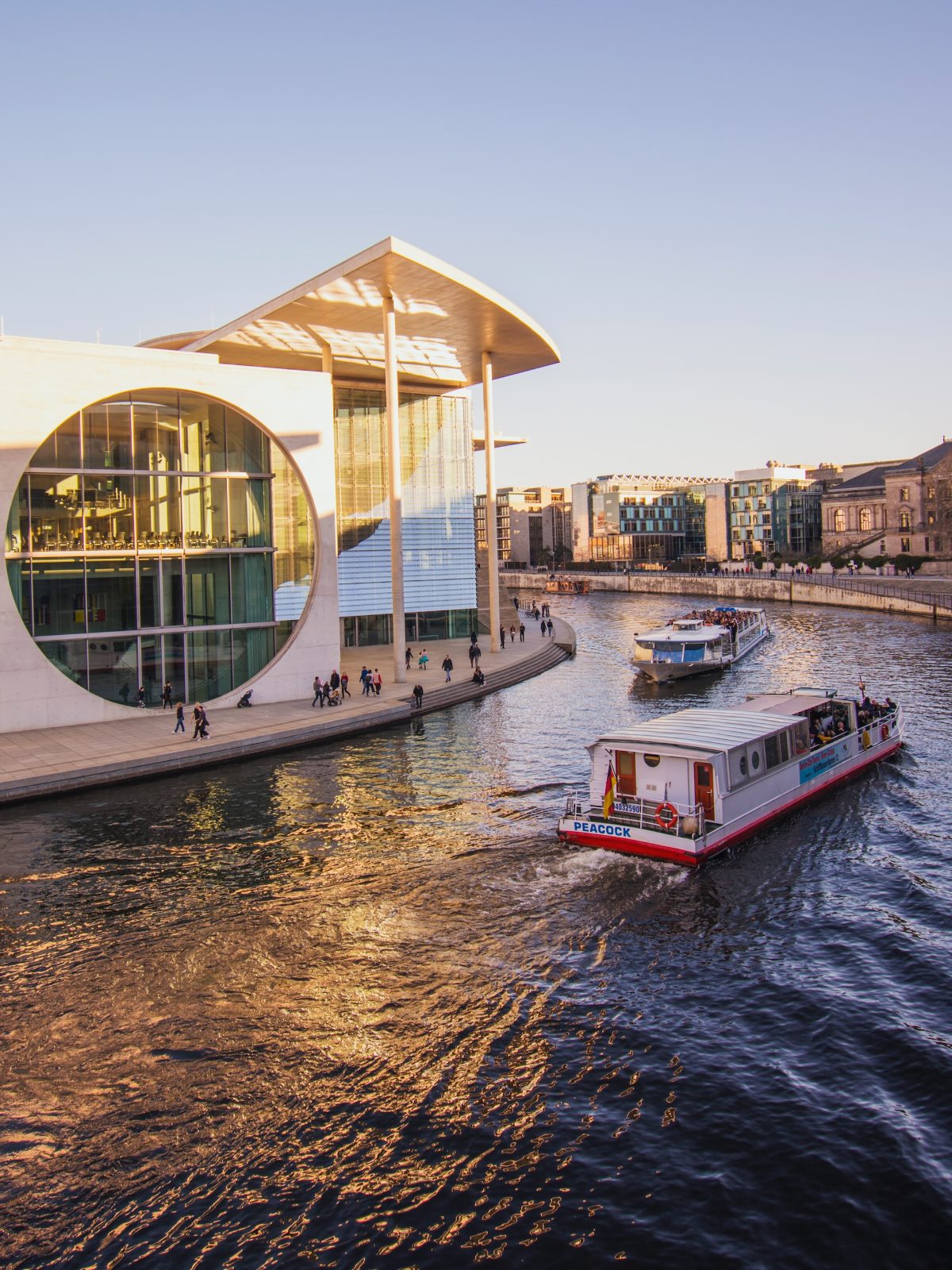The Abgeordnetenhaus is the official building where political decisions and debates take place in Berlin, Germany. It serves as the state parliament and is responsible for legislating and overseeing the government in the German capital. In this blog post, we will explore the Abgeordnetenhaus in more detail, including its history, functions, and significance.
The History of the Abgeordnetenhaus
The history of the Abgeordnetenhaus dates back to the 19th century. Designed by the architect Friedrich Schulze, the building’s construction was initiated in 1892 and completed in 1898. The architecture reflects a blend of Renaissance and Baroque styles, creating a unique and impressive structure.
Over the years, the Abgeordnetenhaus has witnessed many historical events and political changes. During the Nazi era, it was severely damaged by bombings during World War II. However, the government took steps to preserve and restore the building, ensuring its historical significance.
The Functions of the Abgeordnetenhaus
The primary function of the Abgeordnetenhaus is to serve as the legislative assembly for the state of Berlin. It consists of members, known as Abgeordnete, who are elected by the citizens of Berlin. These representatives work together to discuss and pass laws, make decisions, and uphold the interests of the people they represent.
Additionally, the Abgeordnetenhaus serves as a platform for political debates and discourse. It allows representatives to articulate their positions and engage in discussions on various societal issues, ensuring a democratic process in decision-making.
The Significance of the Abgeordnetenhaus
The Abgeordnetenhaus plays a vital role in the governance and administration of Berlin. It acts as a check on the government, holding them accountable for their actions and decisions. Through its legislative powers, the Abgeordnetenhaus shapes policies that impact the lives of Berliners, addressing social, economic, and environmental concerns within the city.
The Abgeordnetenhaus is a symbol of democracy in Berlin, representing the collective voice of its citizens. It promotes transparency, open dialogue, and the protection of individual rights and freedoms. As a historical and architectural landmark, the Abgeordnetenhaus is a significant part of Berlin’s heritage.
Visiting the Abgeordnetenhaus
If you are interested in visiting the Abgeordnetenhaus, you can join a guided tour of the building. These tours provide insights into its history, architecture, and the political processes that take place within its walls.
During the tours, you will have the opportunity to explore the halls, chambers, and important spaces of the Abgeordnetenhaus. Knowledgeable guides will enlighten you on the significance of the building and its impact on Berlin’s governance.
It’s important to note that you may need to book your tour in advance. Check the official website of the Abgeordnetenhaus for more information on visiting hours, availability, and any specific requirements you may need to meet.
Conclusion
The Abgeordnetenhaus in Berlin, Germany, serves as a crucial institution for democratic governance. It is not only a legislative assembly but also a symbol of political discourse and civic engagement. Its historical significance, architectural beauty, and role in shaping Berlin’s policies make it an essential part of the city’s fabric.
So, if you ever find yourself in Berlin, consider exploring the Abgeordnetenhaus and learning more about the democratic processes that drive the German capital.

